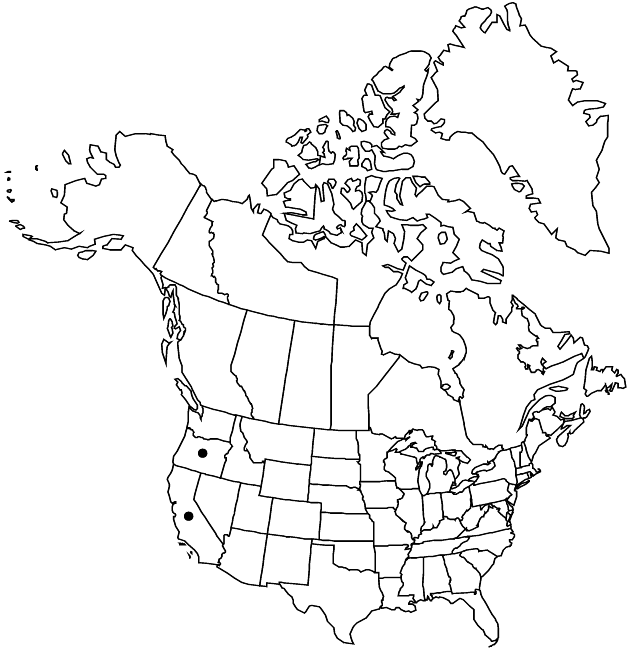Difference between revisions of "Senecio aronicoides"
in A. P. de Candolle and A. L. P. P. de Candolle, Prodr. 6: 426. 1838.
FNA>Volume Importer |
FNA>Volume Importer |
||
| Line 53: | Line 53: | ||
|publication year=1838 | |publication year=1838 | ||
|special status= | |special status= | ||
| − | |source xml=https://jpend@bitbucket.org/aafc-mbb/fna-data-curation.git/src/ | + | |source xml=https://jpend@bitbucket.org/aafc-mbb/fna-data-curation.git/src/f50eec43f223ca0e34566be0b046453a0960e173/coarse_grained_fna_xml/V19-20-21/V20_1229.xml |
|tribe=Asteraceae tribe Senecioneae | |tribe=Asteraceae tribe Senecioneae | ||
|genus=Senecio | |genus=Senecio | ||
Revision as of 20:24, 16 December 2019
Perennials (biennials?), 30–90 cm (caudices buttonlike, roots unbranched, fleshy-fibrous). Herbage loosely and sparsely arachnose to finely tomentose, unevenly glabrescent. Stems single. Leaves progressively reduced distally; petiolate; blades ovate or oblanceolate to oblong, 7–20 × 2–3 cm, bases broadly to narrowly tapered, margins repand-denticulate or sublaciniate to subentire (mid and distal leaves sessile, smaller, weakly clasping). Heads (6–)15–30+ in corymbiform arrays. Calyculi 0 or of 1–3+ oblong to linear bractlets (seldom more than 1.5 mm). Phyllaries ± 8 or ± 13, 4–8 mm, tips green or black. Ray florets 0 or 1–2; corolla laminae 4–7 mm. Cypselae glabrous. 2n = 40.
Phenology: Flowering spring–early summer.
Habitat: Dry or drying sites in open woodlands, upper foothills and montane forests
Elevation: 800–2500 m
Discussion
Selected References
None.
